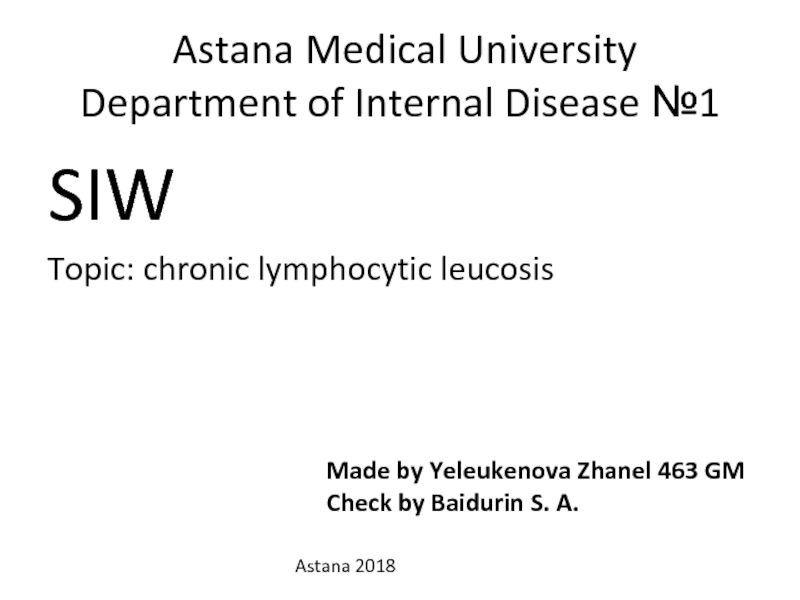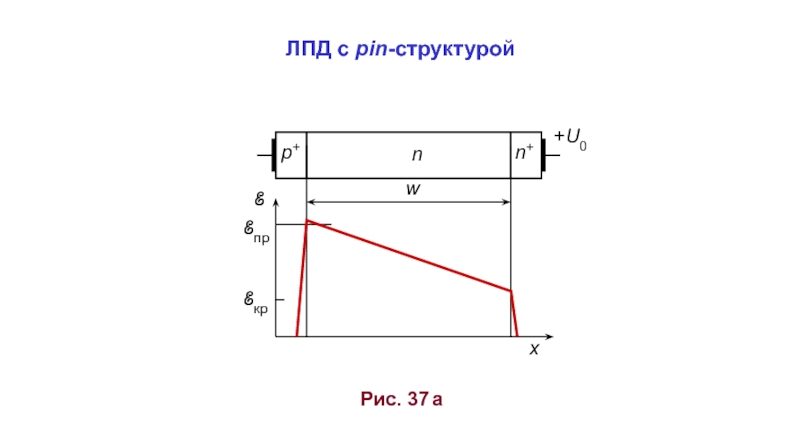- Главная
- Разное
- Дизайн
- Бизнес и предпринимательство
- Аналитика
- Образование
- Развлечения
- Красота и здоровье
- Финансы
- Государство
- Путешествия
- Спорт
- Недвижимость
- Армия
- Графика
- Культурология
- Еда и кулинария
- Лингвистика
- Английский язык
- Астрономия
- Алгебра
- Биология
- География
- Детские презентации
- Информатика
- История
- Литература
- Маркетинг
- Математика
- Медицина
- Менеджмент
- Музыка
- МХК
- Немецкий язык
- ОБЖ
- Обществознание
- Окружающий мир
- Педагогика
- Русский язык
- Технология
- Физика
- Философия
- Химия
- Шаблоны, картинки для презентаций
- Экология
- Экономика
- Юриспруденция
The mechanism of passive transport презентация
Содержание
- 2. The mechanism of passive transport
- 3. Learning objective to explain the mechanism of passive transport
- 4. Success criteria Describe types of passive
- 5. Terminology Passive transport Diffusion Facilitate diffusion
- 6. Cell membrane is selectively permeable – not all molecules can pass through
- 7. Types of passive transport
- 8. Passive transport The movement of substances down
- 10. Sample diffusion This is passive process,
- 12. Equilibrium
- 14. Sample diffusion Many molecules pass into
- 17. Facilitated diffusion Many polar molecules movement
- 19. Facilitated diffusion The movement of substances
- 22. Osmosis A special case of diffusion
- 24. Success criteria Describe types of passive
Слайд 4Success criteria
Describe types of passive transport in an oral
or written form.
Explain passive transport mechanism.
In order to achieve learning objectives fulfill correctly at least 80% of work.
Explain passive transport mechanism.
In order to achieve learning objectives fulfill correctly at least 80% of work.
Слайд 5Terminology
Passive transport
Diffusion
Facilitate diffusion
Osmosis
Concentration gradient
Channel proteins
Gate
Carrier proteins
Plasma membrane/permeable membrane
Randomly
Passive movement
Lower/high
solute concentration
Isotonic/hypertonic/hypotonic
Isotonic/hypertonic/hypotonic
Слайд 8Passive transport
The movement of substances down a concentration gradient from an
area of high concentration to an area of lower concentration without the need for energy to be used.
3 types are passive transport:
Simple diffusion
Facilitate diffusion
Osmosis
3 types are passive transport:
Simple diffusion
Facilitate diffusion
Osmosis
Слайд 10Sample diffusion
This is passive process, which takes place as molecules
move randomly.
No energy input is required, and movement occurs by way of a simple concentration gradient.
No energy input is required, and movement occurs by way of a simple concentration gradient.
Слайд 14Sample diffusion
Many molecules pass into and out of cells by
diffusion, for example:
Oxygen
CO2
Water
Oxygen
CO2
Water
Слайд 17Facilitated diffusion
Many polar molecules movement through channel proteins.
Polar molecules cannot
diffuse through the lipid bilayer of the membrane.
Carrier protein first combines with the diffusing molecules on one side of the membrane, carries them through the channel protein and releases them on the other side. Faster then sample diffusion.
No ATP energy input.
Carrier protein first combines with the diffusing molecules on one side of the membrane, carries them through the channel protein and releases them on the other side. Faster then sample diffusion.
No ATP energy input.
Слайд 19Facilitated diffusion
The movement of substances down a concentration gradient from
an area of high concentration to an area of lower concentration without the need for energy to be used.
Слайд 22Osmosis
A special case of diffusion is osmosis.
This is passive movement
of water across partially permeable membrane from an area of lower concentration to an area of high solute concentration.
Aquaporin - also called water channels, are integral membrane proteins.
Aquaporin - also called water channels, are integral membrane proteins.
Слайд 24Success criteria
Describe types of passive transport in an oral
or written form.
Explain passive transport mechanism.
In order to achieve learning objectives fulfill correctly at least 80% of work.
Explain passive transport mechanism.
In order to achieve learning objectives fulfill correctly at least 80% of work.





























